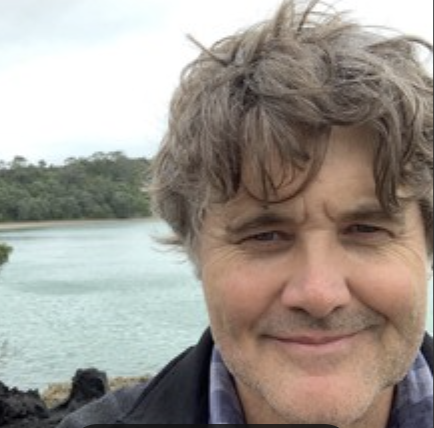Energised crowding and Aboriginal village settlements: considering the example from Mithaka country
Abstract
Exploring the nature of Aboriginal settlements in the Mithaka landscape is advancing our understanding of the complex social networks that were central to ancient lifeways in Channel Country. Transcontinental trade and exchange network, particularly at times of abundance, brought large groups together potentially in a similar way to the urbanised crowding that archaeologists have identified in early agricultural settlements in other regions of the world. The Mithaka archaeological landscape includes over 300 quarry sites, some of which such as the Mooraberrie quarry could be defined as ‘megasites’. Large numbers of stone arrangements hint that there was a strong religious aspect to many aspects of life, and investigations of key sites such as Thunderpurty lagoon can provide important insights into complex social and material networks. Understanding what the duration of residency at these settlements is a core challenge, however, Sr isotopes results investigating mobility in the Mithaka ancestors to date are indicating significant sedentism. Ethnographic accounts provide insights into how stressors associated with group living were managed and ultimately, we must explore ways in which archaeology can investigate aggrandising strategies associated with large Aboriginal settlement sites. Fundamental issues such as how were large populations sustained still need to be understood and it is probable that optimal foraging theory and methods necessary for reconstructing Niche construction will be critical to establish a clearer understanding of a Mithaka settlement pattern, systems that we only have rare glimpses at through a handful of historic accounts.
About the Presenter
Professor Michael Westaway | University of Queensland 
Professor Michael C Westaway teaches in the archaeology program at the University of Queensland and is both an archaeologist and biological anthropologist with a strong interest in the origins of the First Australians and more broadly in the archaeology of Aboriginal Australia and Papua New Guinea. He is easily excited when it comes to collaborative interdisciplinary field work that explores the intersection between archaeology and biology but currently (probably) has too many projects and these include research in Channel Country, Cape York, the highlands of Papua New Guinea and the mid north coast of New South Wales.
About Archaeology Working Papers
The Working Papers in Archaeology seminar series provides a forum for dissemination of archaeological research and ideas amongst UQ archaeology students and staff. All students are invited to attend the series and postgraduate students, from honours upwards, are invited to present their research. The aim is to provide opportunities for students, staff and those from outside UQ, to present and discuss their work in an informal environment. It is hoped that anyone interested in current archaeological directions, both within and outside the School and University, will be able to attend and contribute to the series.
